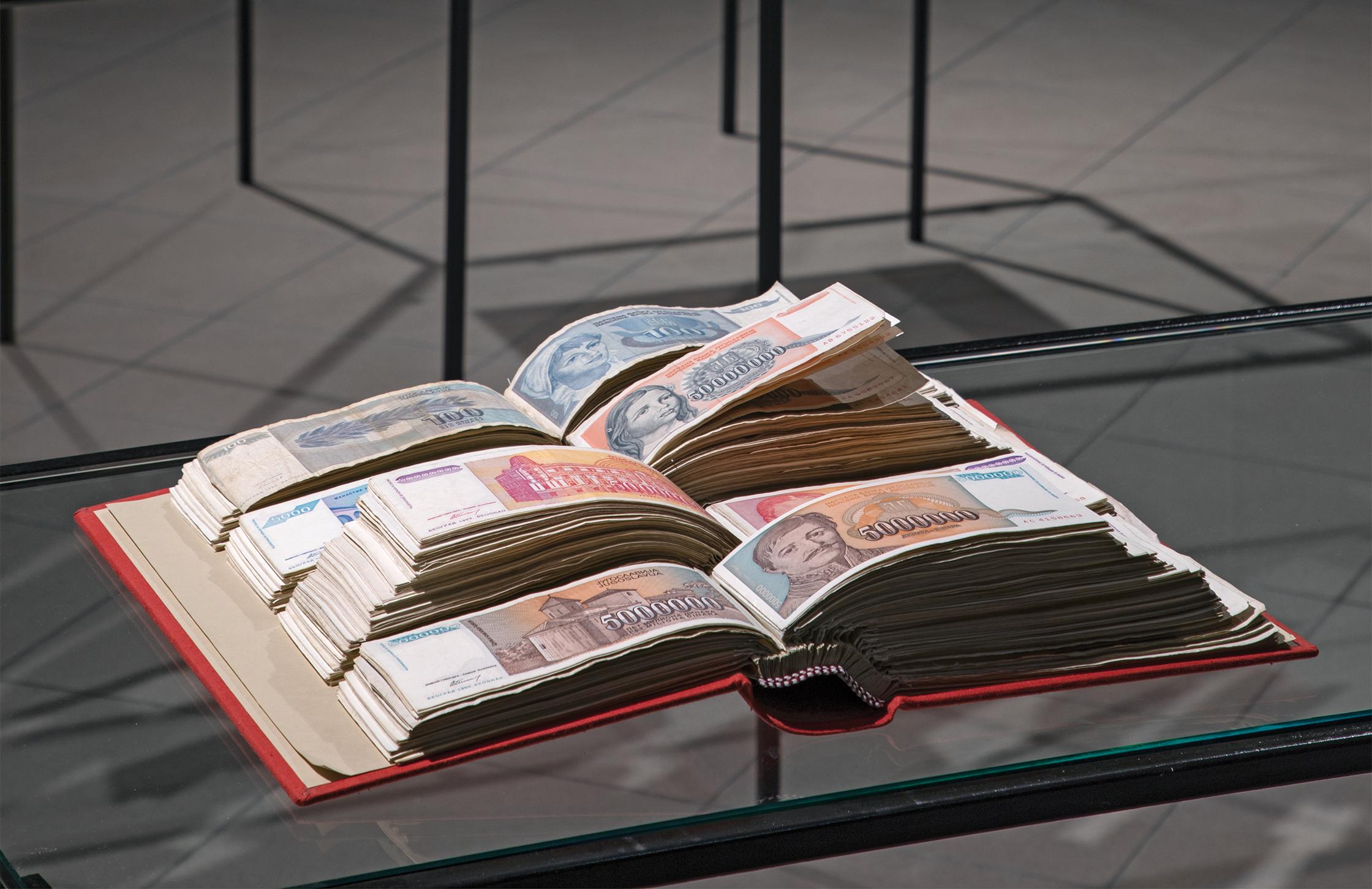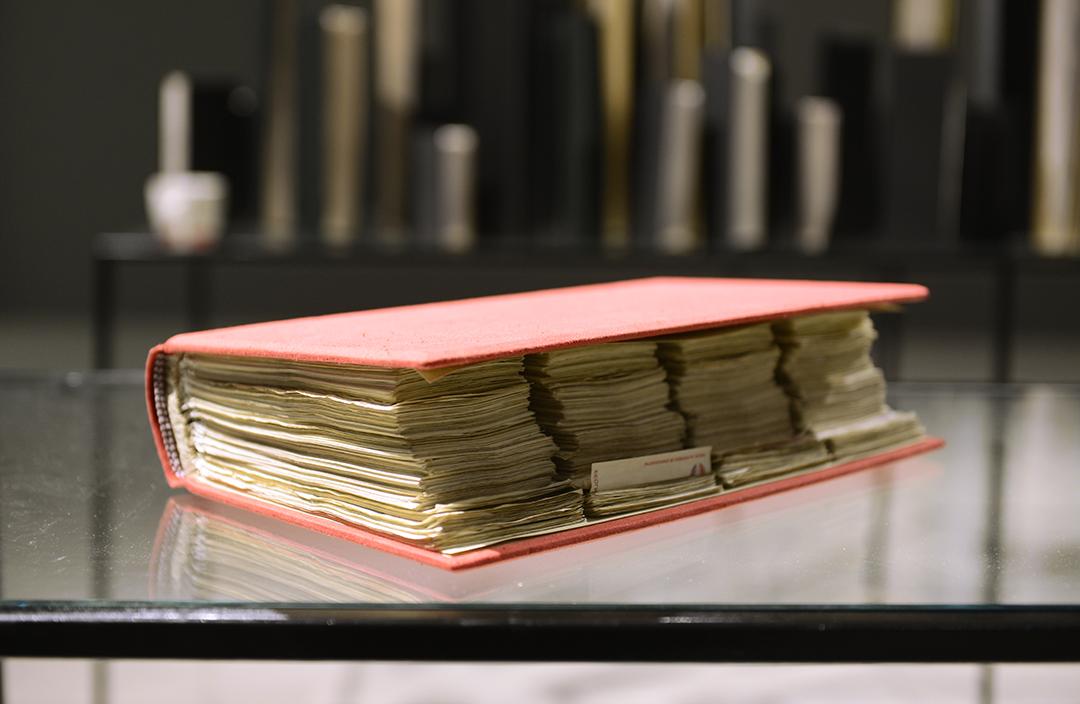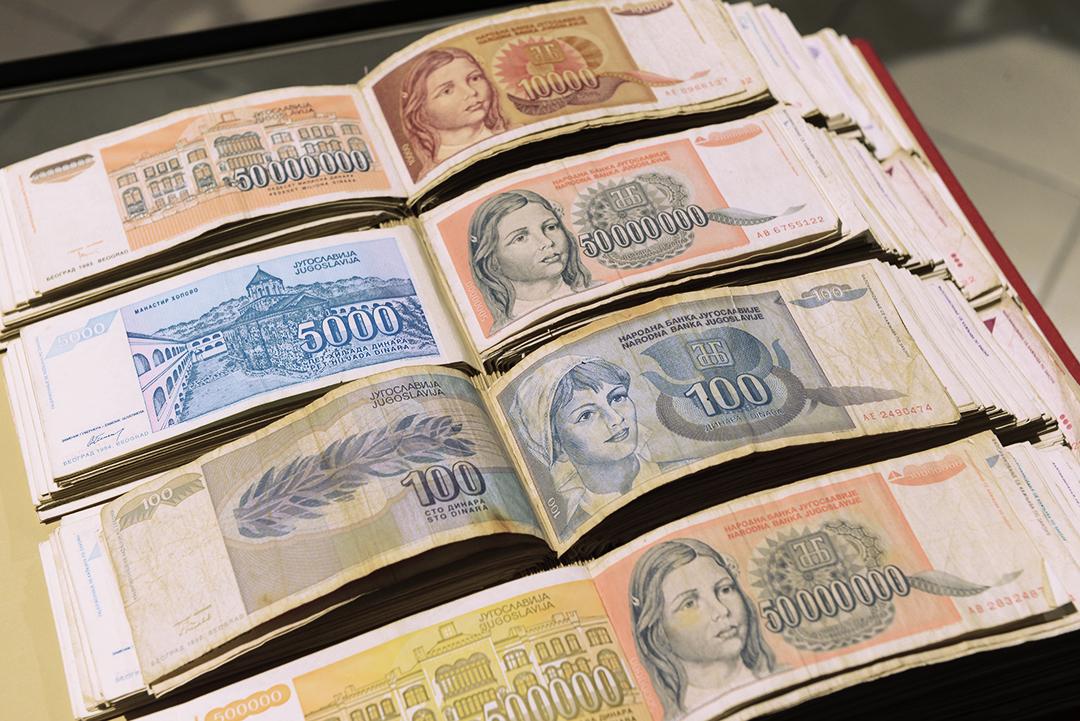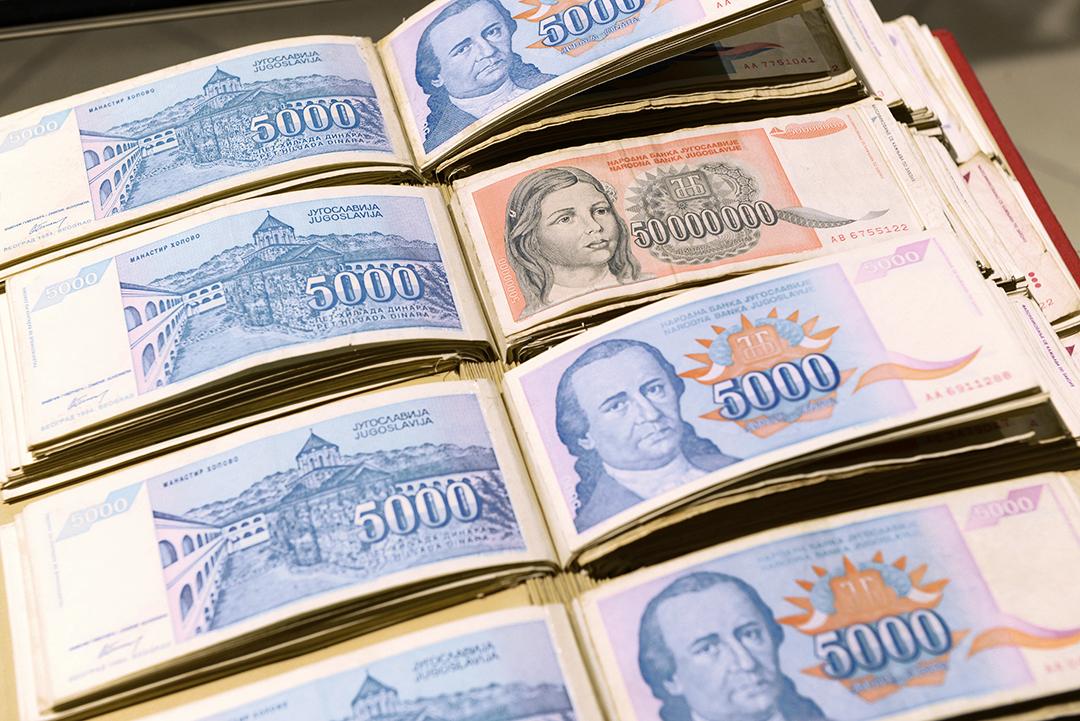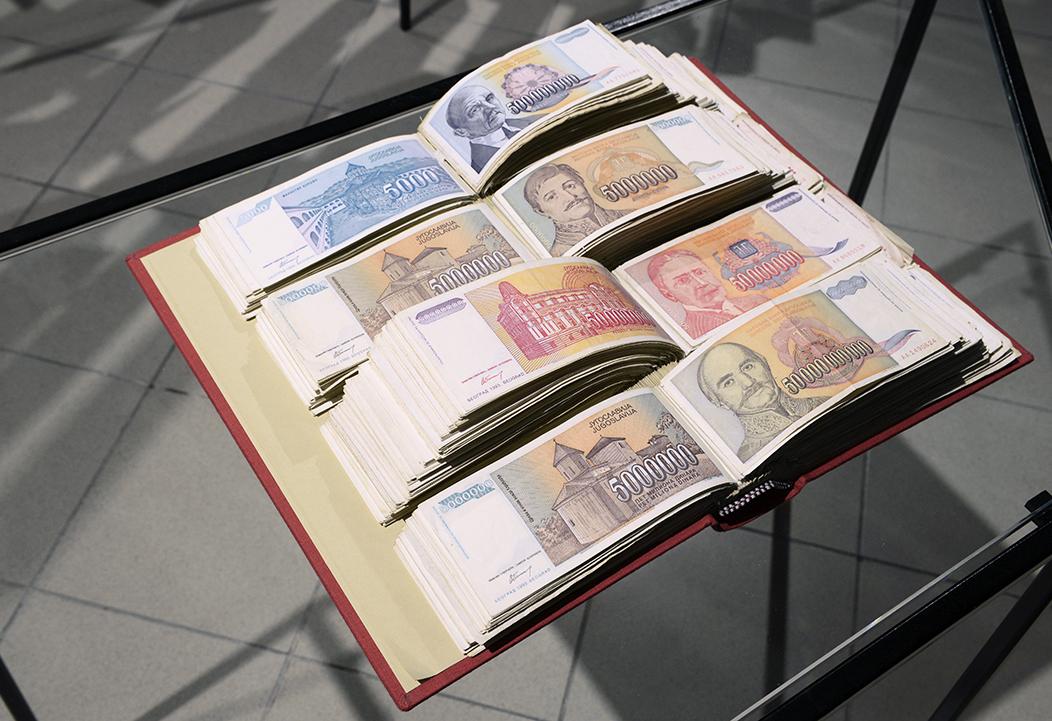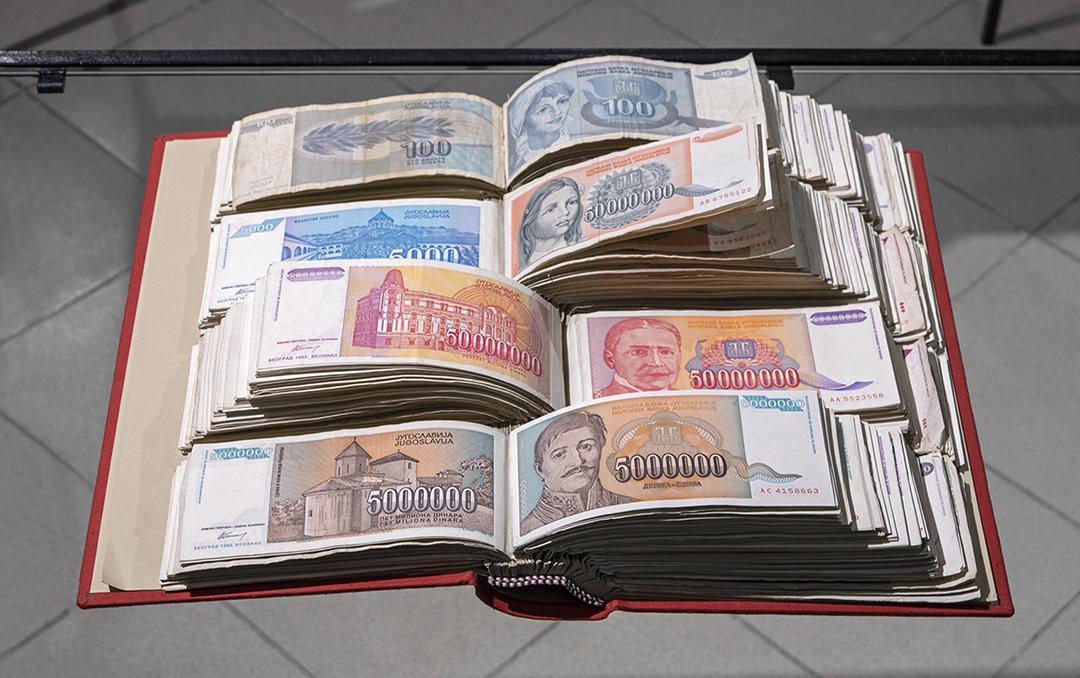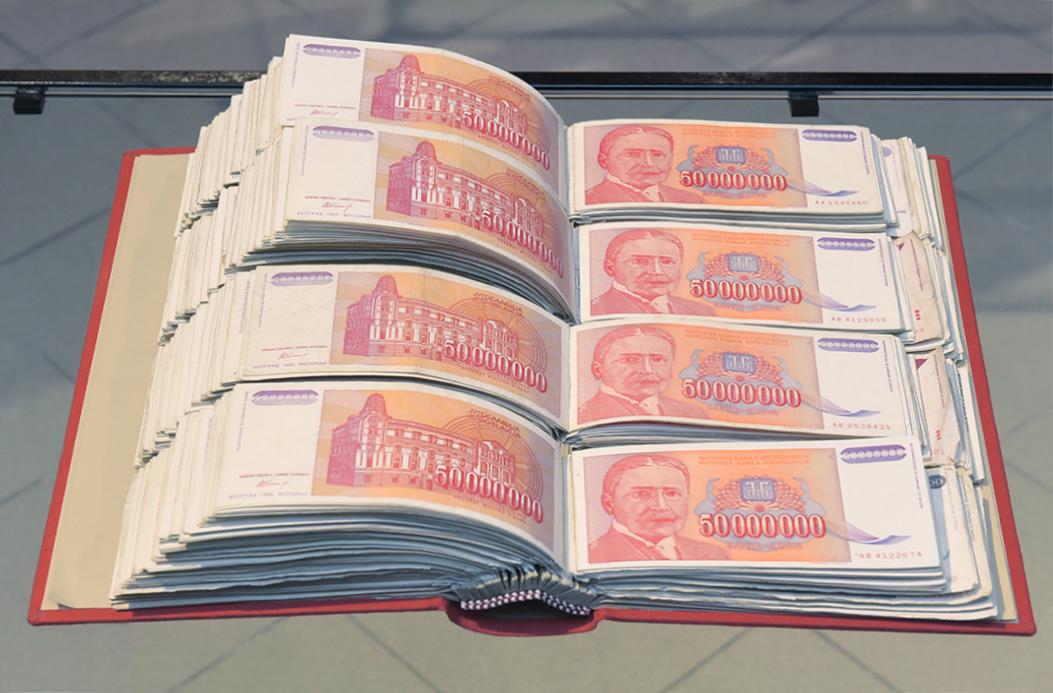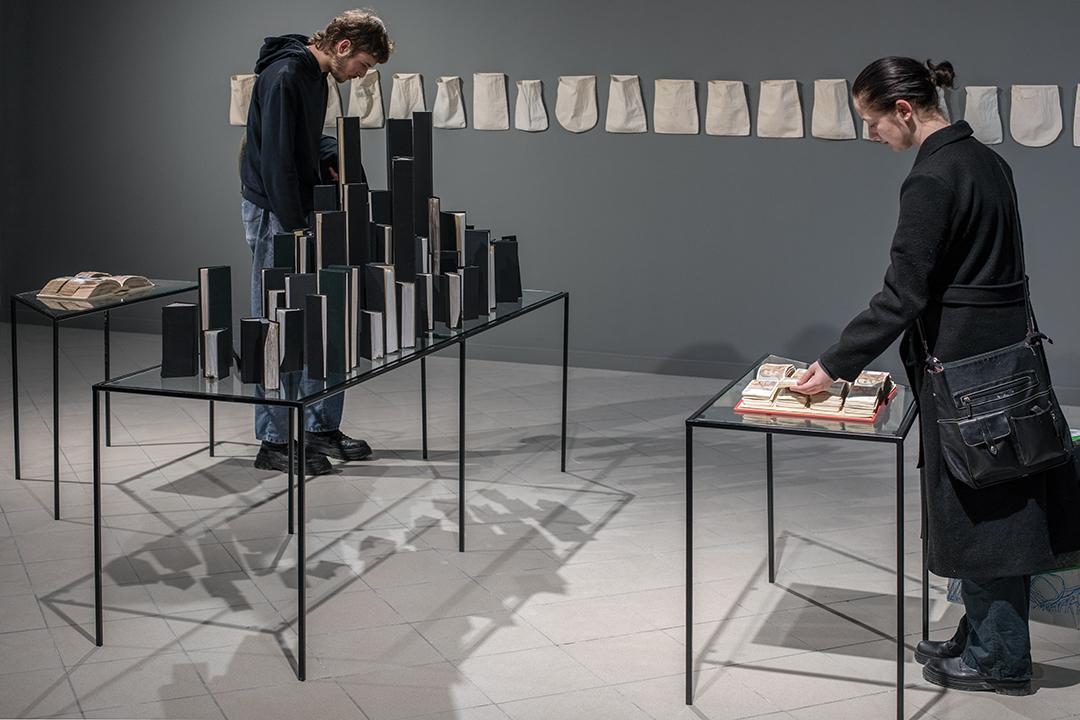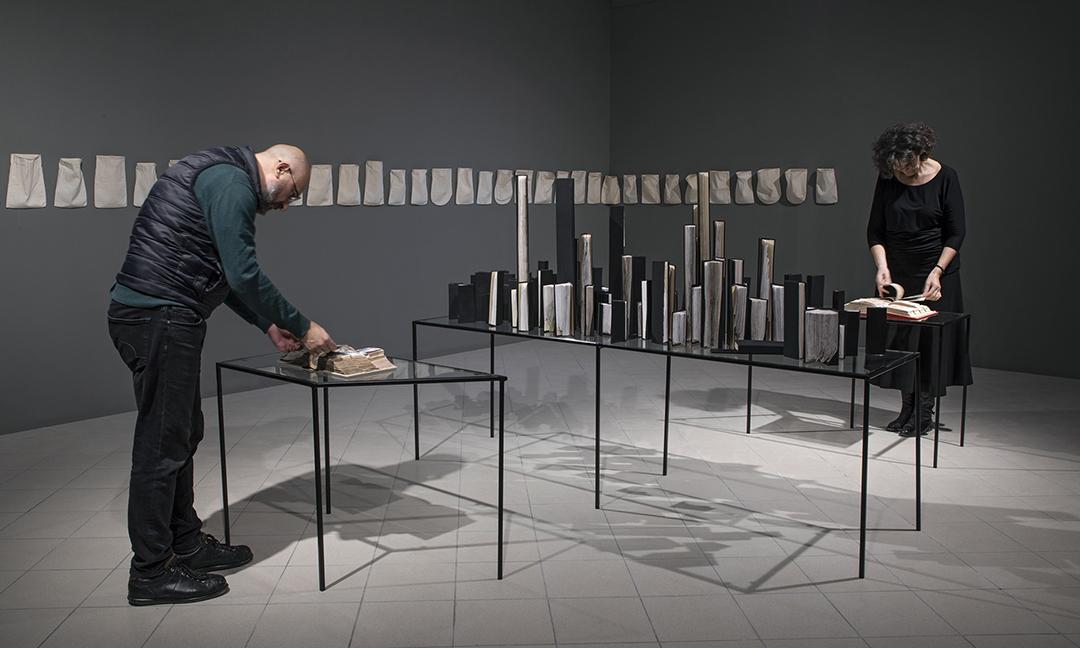Irena Lagator Pejović
works
- Lines, Values, Coexistences
- United Species
- Means that Can Contribute to the Phytoremediation of Polluted Areas
- Saved Books. The Art of Transmitting the Knowledge Without the Need for Subsequent Reparation.
- “I Would Put All Mighty Weaponry Into the Museums That No One Visits”
- Expanses of Love
- “If I Were Ronald Regan”
- Nets, Nodes, Horizons
- Workers University
- My Father’s Salary
- Fiscal Verses. Reprogramming the Machine
- Missing Content
- The Knowledge of the Limited Responsibility Society
- Shared Air
- Blurred Landscapes
- There is Already a Feeling of a Flow
- Symbiotic Collection
- Maximum Profit - Minumum Time
- This is Not a Landscape Any Longer. Tolerance, Transparency, Transition.
- Nature Culture
- Pillars and Horizons
- Where is the Monument?
- Forward Play Reverse
- Life and Institution
- Capital Culture Cuts
- Two Safes. No keys!
- Non LLC l.l.c.
- Plastic Water
- Society and Documents
- Exchange Value
- Work in Public Space
- Institution Nature
- LLC versus Non LLC
- Abbandoned Cinema
- Freedom Security Progress
- Occupying/Liberating Space and Time
- Directions
- Image Images
- Property
- Dissapearance Appearance
- Further than Beyond
- Image Think
- Ecce Mundi
- Camera Imaginata. The Means for Exchanging the Power of the Imagination
- Means for Intensifiying a Sense of Poetic Reconstruction of the World
- The Society of Peaceful Coexistence, Santa Croce sull’Arno
- Installation for Improving the Sense of Responsibility
- Equation Function
- Limited Responsibility Society, Santa Croce sull’Arno
- Resistence Reservoir
- Limited Responsibility Society, Polignano a Mare
- Limited Responsibility Society Automatism
- Experience Economy History
- The Society of Peaceful Coexistence, Belgrade
- Responsitorium Horizon Poems
- Time of Limited Responsibility Society
- Limited Responsibility Society Experiment, Salzburg
- Present Space Expansion
- Cultural Barriers to Growth
- Continuous Limited Responsibility Society
- Knowledge of the Limited Responsibility Society
- Limited Responsibility Society Experiment, Strobl
- Limited Responsibility Society By Night
- Limited Responsibility Society, Cetinje
- Inverse Spaces
- Our Colored Everyday
- Machine Error. Shape a Book
- What We Call Real
- After Memory
- Next
- Is It Still Winter, Outside?
- The Way We Live
- How Small is the Universe
- Living Space
- The Society of Unlimited Responsiblity
- Own Space
- Living Room
- Near Universe
- An Embrace in the Space
- Light in Space
- Please Wait Here
- Wash Inside Out
- What is Missing
- Temporary Dumping Place. Rotations in the Given Space
- Opening of the Book
- Registrar
- May I Help You
- Passerby
- Are You Happy Now
- BBBBeauty
- Tell Why
- Witness of Time - Now
- Witness of Time
- It is Made for You
My Father’s Salary
2023
book-object, a book made of 1,650 devalued banknotes from 1992.
33.4 x 18.5 x 6.5 cm;
Exhibition/Venue: Exhibition/Venue: Irena Lagator Pejović, Expanses of Love, Art Gallery „Nadežda Petrović”, Čačak, Serbia, curated by Patrycja Rylko and Julka Marinković, 2023.
Courtesy of the artist.
Photo: Ivan Petrović, Irena Lagator Pejović, Milenko Savović
My Father’s Salary is based on personal recollections. The artist received a large number of notes as a gift from her father, which lost their value during the former Yugoslavia’s hyperinflationary economic crisis in the 1990s. Giving, receiving, and exchanging demonstrate how money notes later evolved into priceless pieces of art with symbolic value as well as sentimental family heirlooms, illustrating a transition between the private and public realms. (Patrycja Ryłko)
The work points at the two-years’ period of hyperinflation between 1992 and 1994 in Yugoslavia, the third longest in the history of mankind, and whose devastating consequences are unheard of in economic history. People were waiting in long lines to obtain 1kg of bread or 1l of milk. The prices doubled every 16 hours. The more zeros on the banknotes, the less they were worth. It was a crescendo of economic breakdown.
In the late 1993, at the peak of hyperinflation, the National Bank of the FRY issued a bill of 500 billion dinars portraying the poet Jovan Jovanović Zmaj (1833-1904). How interesting this parallel is between the rise of industrialization when the poet lived and billions that hundred years later could only be observed.
Fifteen years later, I received a birthday gift from my father. It was a full paper bag of something that he explained in a specific manner: “When you were 17, I could not afford you anything with this, but maybe now as an artist, you can do something with it.”
When I started researching about those banknotes, I realized that the only female appearance among the influential and very prominent male artists, scientists, and politicians was an anonymous girl. As an artist myself, I could not avoid wondering about the role of an artist in social reality and about the role of an artist portrayed on the banknote, about the real and the representational. In the society of suffering, it becomes obvious that the reality is immeasurably more present than highlighting the achievements of art, science, and politics on the banknotes. Representation of prominences remains repressed in comparison to a hope for reality different from the existing one, and to the shortages of elementary goods for survival. Therefore, a question is raised of when the art is more effective, when applied as a matter of fact, or as an act that works like, why not, inflation of love.
If inflation as a word comes from the Latin word “inflatio”, which means expansion, then the gifted banknotes bound in a book can be understood as an art of valuing what already exists, but also a reminder that the phenomena of harmful emissions exist in all kinds and forms, even as emissions of money. (Irena Lagator Pejović)
